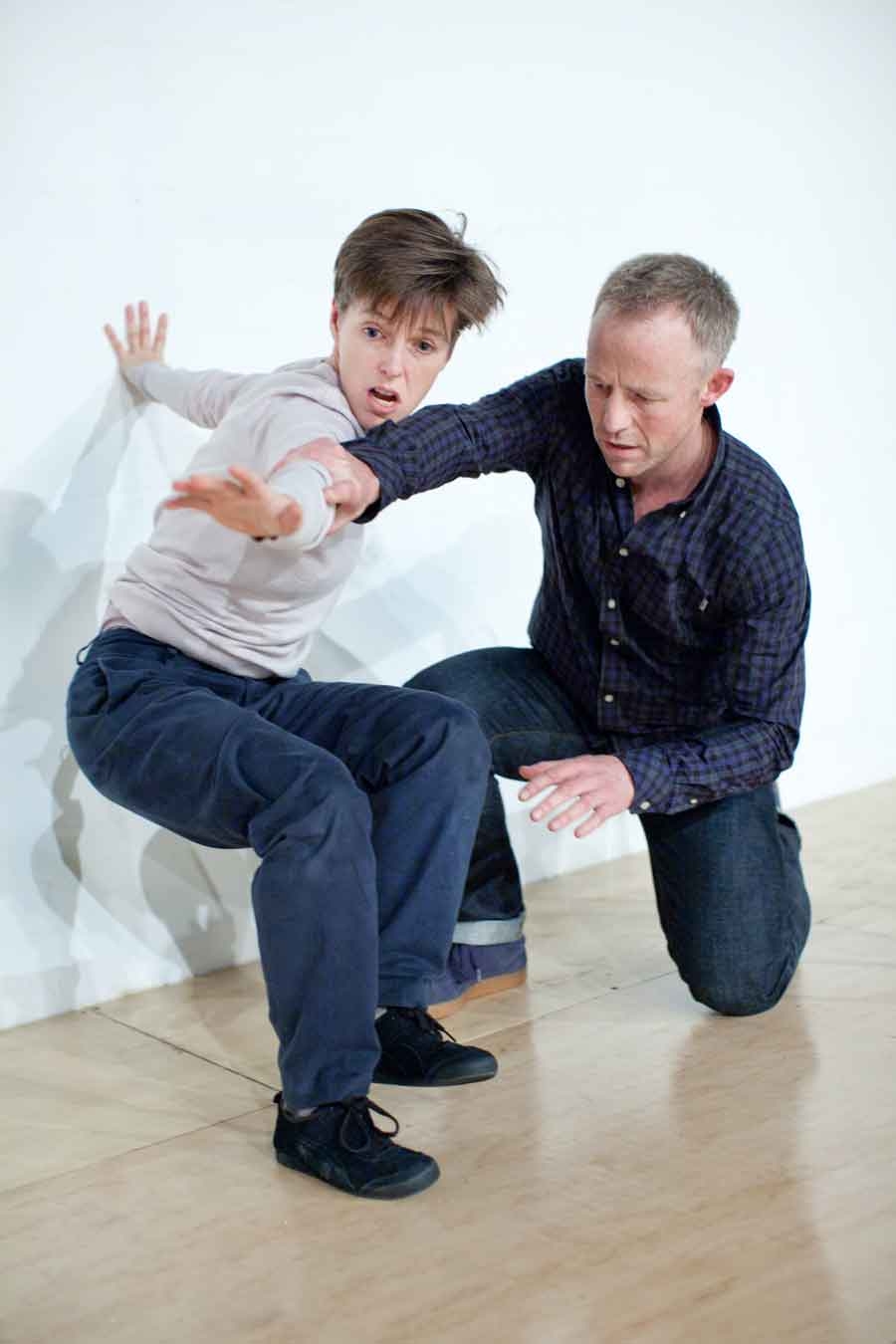The cherrypicking of certain dancers and choreographers by art institutions has drawn some criticism over the past five years, though it’s also true that the changing status of dance, and its proximity to forms of conceptual art performance, can be tracked to the discipline of dance itself, and specifically to the conceptual choreographic work of European (primarily French) choreographers and dancers such as Jérôme Bel, Xavier Le Roy, Boris Charmatz and the crossover figure of Tino Sehgal, who danced in the troupes of Bel and Le Roy before developing far more slippery work, featuring call and response and split-second improvisations with audiences, suited more to a gallery than a stage.
British dancer and choreographer Siobhan Davies went the other way, studying art before moving into dance, and has done much to position her own company as a site of crossover – from exhibitions with Victoria Miro to art exhibitions and experimental collaborations with artists at her own company studios in South London.
The lapse in engagement between art, dance and the museum from the 1980s to the 2000s was doubtless exacerbated by issues of archiving and collecting, in that museums have traditionally acquired objects far more often than they’ve acquired performance work, while performers routinely refuse to let their work be documented in an unsatisfactory fashion that loses the very liveness crucial to performance. And so Table of Contents presents a way to rethink the notion of the dance archive – asking where, indeed, a dance archive is located, if not in the body itself.
Table of Contents is an open dance archive as art installation, wherein Davies is joined each day in the space by five other dancers and choreographers (whom Davies refers to as ‘dance artists’), each dressed in casual jeans and shirts rather than dancewear, to perform dances from their own personal histories. The performers regularly gather themselves, and their audience, around four tables, which change configuration, and which the dancers use as a map of the theatre, on which they mark out each set of sequences.
A long thin table bisecting the room into two narrow spaces will stimulate different movements and ideas than a more easily navigable solid square, and these key structures, which allow the performers to be reactive and responsive to the present situation, are crucial devices designed to heighten the uniqueness of each live event, even in repetition.
It’s this kind of flexible treatment of an archive that presents itself when a male and female dancer move around the room taking turns to bear one another’s weight while discussing the memories that come with making certain moves or performing certain holds. Or allows a dancer to finish one of Davies’s choreographic sequences, that sees her falling extravagantly on the floor around the room, and segue into a stumbling, improvised speech that describes the way in which looking down at her hands as she fell transported her back to childhood games of leaping off bunkbeds with a friend onto a mattress below, attempting to fly, and failing each time.
The piece felt most like an interesting take on the museum, however, when a male dancer performed several short sequences of dances that he has learned over time, each beginning with the phrase “I wonder if the right thing for right now is…”, before saying the name of the dance and crediting its choreographer. This piece has a certain relationship to Charmatz’s ongoing project Musée de la Dance, recently seen at MoMA, and which radically experiments with the idea of a museum as a living, breathing entity.
Just as Bel, Sehgal and co. greatly influenced the ways in which performance can be treated in an art context, projects such as these show dancers experimenting with the very idea of a museum, in a way that art museums simply aren’t. Because museums of dance still do not exist, there are still possibilities to experiment with the form they might take – but from experiments such as these, it seems certain that dancers want a vital form of museum that is always alive, and never a tomb.
This article was originally published in the March 2014 issue.
